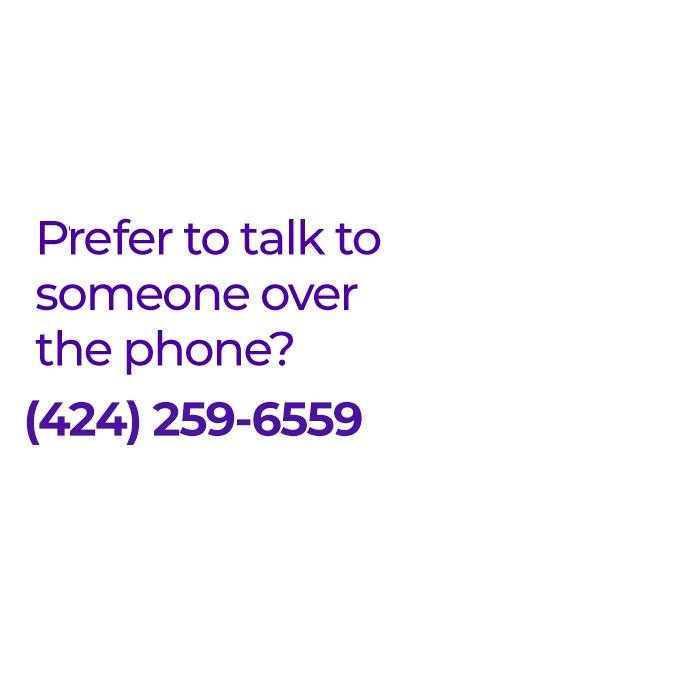A recurring theme of this blog and the sleep-doctor.com website is that successful surgery for obstructive sleep apnea and snoring depends on understanding the causes that differ from one patient to another. As otolaryngologists, we use flexible fiberoptic telescopes (like the one shown below) to look inside the breathing passages to see where they are open or narrow. The challenge is that we do this in the office while patients are awake, whereas obstructive sleep apnea and snoring occur during sleep.

The best test (what could be called a gold standard) would be one that could determine this while a patient was sleeping naturally, a procedure called natural sleep endoscopy. In some ways, this might be the gold standard test for evaluating what is called the pattern of obstruction. Unfortunately, it can be difficult for many patients to stay asleep with a flexible telescope in their nose and throat, especially if the telescope is moving around to look at different parts of the throat. Natural sleep endoscopy was first described in 1978 and after one other group did some research in the early 1980s, natural sleep endoscopy was abandoned almost entirely until some recent reports of performing it for research
Drug-induced sleep endoscopy involves having patients receive sedation to lose consciousness. If the sedation is delivered carefully and slowly just to the point that someone loses consciousness, there is some high-quality research showing that changes in the muscles surrounding the throat may be very similar to natural sleep. We have performed numerous studies of drug-induced sleep endoscopy and developed the VOTE Classification that is the most common way of describing findings of drug-induced sleep endoscopy around the world.
Natural Sleep Endoscopy vs. Drug-Induced Sleep Endoscopy
Two studies have compared drug-induced sleep endoscopy to sleep in the at-home setting.
A South Korean team examined natural sleep endoscopy and drug-induced sleep endoscopy using the medication midazolam. Their 2019 study published in the medical journal JAMA Otolaryngology – Head and Neck Surgery included 26 participants with obstructive sleep apnea who underwent both evaluations. Overall, there were a few key findings:
- there was substantial agreement between the VOTE Classification scores on natural sleep endoscopy and drug-induced sleep endoscopy
- the degree of obstruction was slightly worse during drug-induced sleep endoscopy
- the greatest degree of agreement between the two examinations was seen for obstruction related to the oropharyngeal lateral walls (that our own research has suggested is the most important potential finding from drug-induced sleep endoscopy)
A 2020 publication in the Journal of Clinical Sleep Medicine from researchers at the Heart Institute of the University of Sao Paulo compared drug-induced sleep endoscopy using the medication propofol with natural sleep endoscopy performed with the medication zolpidem (generic version of Ambien). The important point is that zolpidem is thought to sedate patients somewhat without causing muscle relaxation or worsening obstructive sleep apnea, so it is a good choice for “natural” sleep endoscopy because it can make patients more comfortable with the telescope in their bodies. This research team has conducted many physiology studies of the throat in sleep apnea, so they not only look at the VOTE Classification scores but also compared measures of breathing and function in 21 study participants with obstructive sleep apnea. Their study showed that:
- similar patterns were seen in the structures contributing to airway obstruction during both examinations
- there were no differences in breathing function during the two examinations
What does this all mean?
An important concern with drug-induced sleep endoscopy has been whether the use of sedative medications (like propofol) affects the blockage of breathing in the throat. Although the use of sedation makes drug-induced sleep endoscopy different from natural sleep endoscopy, these studies and at least one previous study indicate that proper administration of sedation allows patients to tolerate the fiberoptic telescope without substantially distorting what is happening in their throat. You do have to be careful, but the good news is that we may be seeing something very similar to natural sleep endoscopy.




22 − = 20